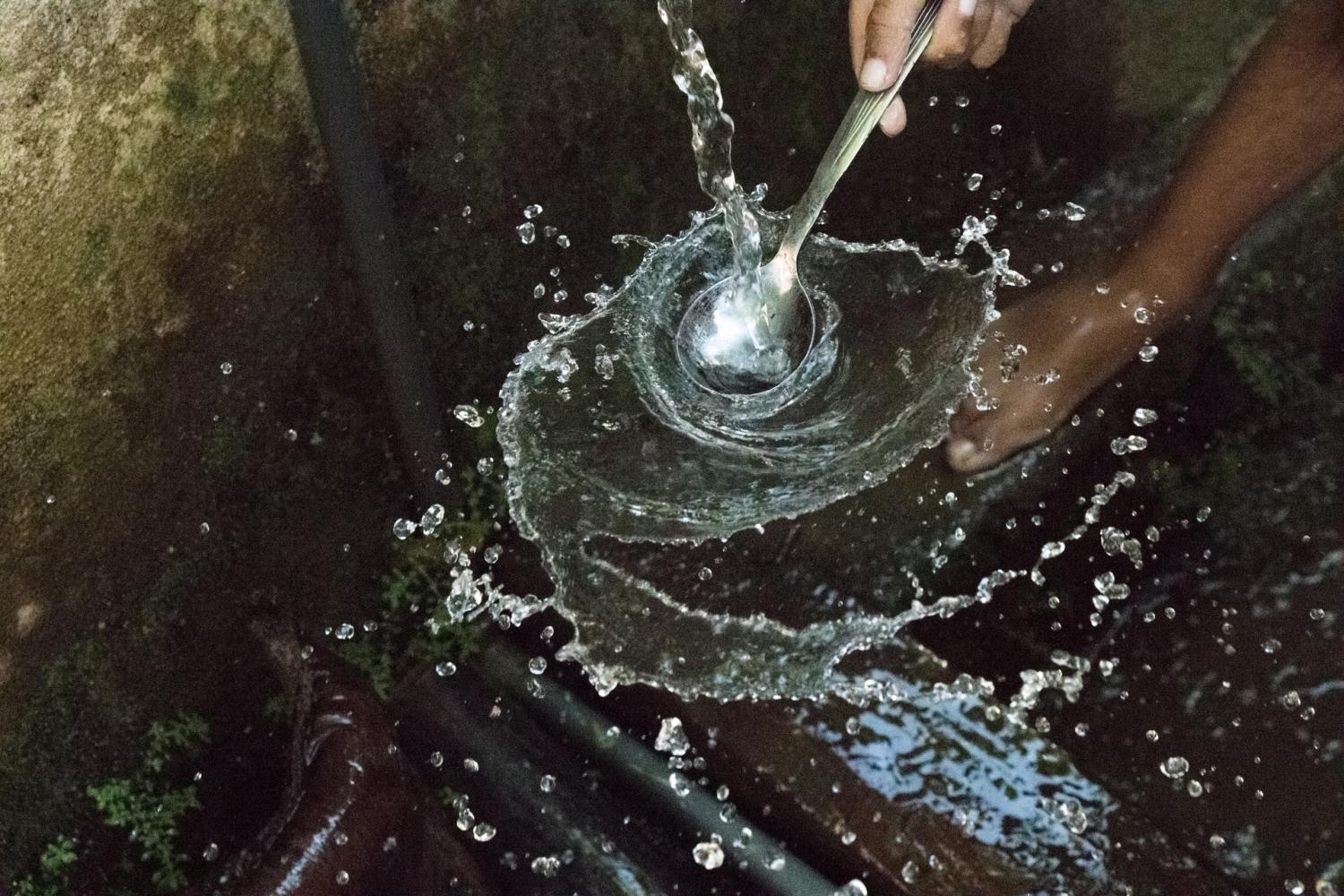
2019 has been another big year for environmental news stories, culminating in last week’s disappointing end to the annual U.N. climate negotiations. But what has this year meant for water? Here are the top five trends.
1. Too much or too little
Droughts and floods dominated headlines in 2019. Chennai, a city in India with a population roughly equivalent to New York City, is on the verge of running out of water. Only four years ago, the area faced devastating floods from monsoon rains, and this year saw three of its four reservoirs run dry. This growing city in India’s south looks to be a harbinger for future scarcity in Bangalore, often called India’s Silicon Valley.
Sydney, Australia, is also facing one of its most severe droughts in recent years, and Sydneysiders are looking at severe restrictions on water use, much like last year’s situation in Cape Town. And while Sydney does not have the population density of Chennai, wildfires are also gripping the region, putting it at increasing risk.
On the flip side, some places saw too much water this year. Towns and farms throughout the Midwestern U.S. faced flooding as the Mississippi River overflowed. Some of the flooding highlighted the poor state of some of the infrastructure along the river. Recovery costs are in the billions of dollars, and the impact of the flooded corn and soybean fields is not yet fully clear.
More recently, flooding in Venice has captured the world’s attention. Although the city is used to flooding, this year’s events were something more: the highest water levels in 53 years. In addition to irreversible damage to historic buildings, it could mean the exodus of further residents in the already shrinking city as people flee inland.
2. Water scarcity as a risk
In 2019, more businesses woke up to the fact that water scarcity poses a risk to their operations, from industrial processes to data centers to simply powering facilities. Still, about half of companies do not have a plan to realize their water reduction targets, according to an Ecolab/Greenbiz survey conducted earlier this year. Although that same survey found that 74 percent of respondents said water is a priority, and 59 percent said it is a growing business risk. And while some businesses are reducing water use in their own operations, in some places business leaders pushing for better governance to fit the technological solutions that already exist.
3. Clean water troubles spread
Clean water continued to produce headlines five years after the crisis in Flint, Michigan. High levels of lead were found in the drinking water in Newark, New Jersey, earlier this year. And in May, researchers concluded that 43 states had sites with elevated levels of toxic chemicals coming from their taps.
Further, experts have estimated that Flint and Newark may be the tip of the iceberg as necessary water infrastructure upgrades have not been completed for decades. Unfortunately, initiative on infrastructure has not been trending this year, despite the floods and water quality concerns.
4. Stamping out water inequality
The theme of 2019’s World Water Day was "Leave No One Behind," highlighting the global inequality of access to clean, safe water. Marginalized communities are more likely to have inadequate supplies. Although this is often viewed as a problem for the developing world, the developed world is not immune. While wealthy people, cities and countries will always be able to find the means to buy new supplies, the poor and marginalized will struggle to gain the same access.
Flint is a case in point: A government-appointed committee in Michigan found that race was a factor in causing the crisis. In the U.S. more broadly, this has also become an issue in the aftermath of extreme weather events, like hurricanes and floods, when poorer residents struggle to regain their footing after the relief trucks have left.
5. The climate change connection
The connective tissue that runs through all of this is climate change. Water will be more affected by climate change than any other sector. Whether this means more extreme weather events leading to floods and droughts, climate migrants and the impact of those shifting populations, or increased stress on already fracturing infrastructure, climate change as a pressure on water began to show up in more discussions on the topic overall.
The fact that this conversation is happening is a sign of progress. The more the dots are connected, the better equipped we are to solve the problem. As the saying goes, “The first step is admitting you have a problem.” At first glance, these trends may seem overwhelming and dire, but they are a necessary part of the solution.
Image credits: M Waleed and fotografierende via Pexels

Kate is a writer and policy wonk, with a focus on water, clean energy, climate change and environmental security. She spent over a decade running energy-water nexus and energy efficiency programs at Environmental Defense Fund as well as time at the U.S. Departments of Energy and Defense, U.S. Government Accountability Office, and state and federal legislatures. She serves as an Advisory Board member of CleanTX, which aims to accelerate the growth of the clean tech industry in Texas.














